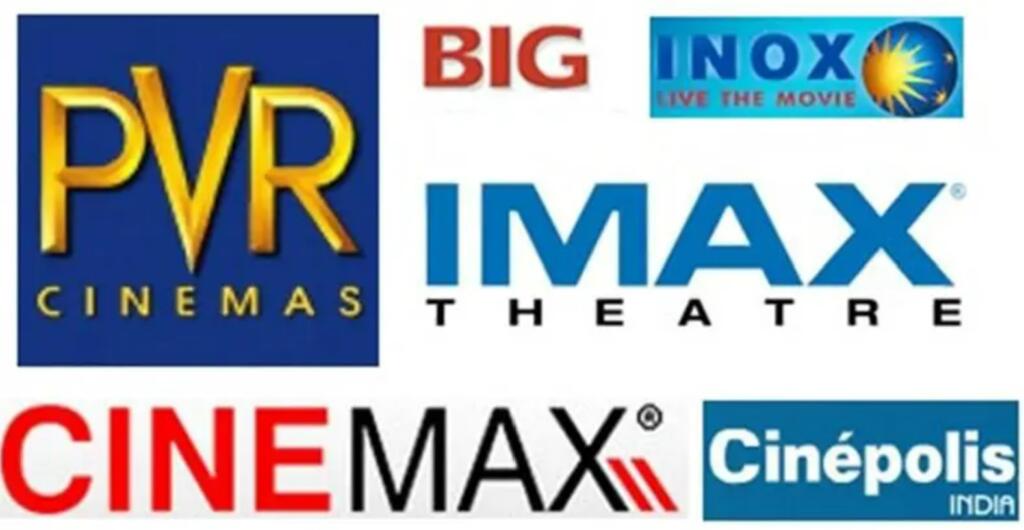Movies are deeply ingrained in India’s culture. It’s in our DNA. We cherish the ritual of feeling the tickets, watching the movies, and more often than not, it’s a family affair. There’s something special about sharing those moments in a darkened theater, surrounded by loved ones.
In India, film stars are more than just actors; they’re treated like demi-gods. The success or failure of their movies affects us on a personal level. Box office numbers can bring joy or disappointment, creating a unique connection between the audience and the stars.
Our parents and those born before the 2000s often reminisce about the golden era of single-screen cinemas. Back then, watching a movie was a simple pleasure, free from the distractions and frills of today.
However, the last 10-15 years have witnessed a dramatic shift with the rise of multiplexes. These modern movie multiplexes offer innovative sound systems and immersive experiences that elevate movie-watching to a new level. Yet, this progress has come at a cost.
While multiplexes bring a fresh cinematic experience, they also mark a departure from the nostalgic simplicity of the past. The charm of the single screen era is replaced by the sophistication of modern facilities, leaving us to navigate the balance between progress and the cherished memories of a bygone era.
Movie watching has shifted gears in recent times. Instead of catching a film every month, it has narrowed down to just a couple each year. The cost of tickets and related expenses has shot up, surpassing the growth in salaries.
Enter OTT platforms – a sigh of relief for movie lovers. They offer a budget-friendly alternative, allowing us to enjoy a variety of movies without burning a hole in our pockets. With the convenience of streaming services, the joy of watching movies hasn’t faded; it’s just found a more economical and flexible avenue.
If you’ve ever wondered about the costs (tickets for the movies and the frills) of a simple movie night out, we’ve got the lowdown for you. We did a bit of research, focusing on a late-night show for a couple and the essentials – a tub of popcorn and medium-sized beverages. Here’s the data, neatly sorted by city tiers. All figures are in INR.
Tier 1 Cities
- Mumbai: ₹2362 at Viviana Mall Thane
- New Delhi: ₹2125 at DLF Saket
- Noida/Gurugram: ₹2265 at Ambience
- Bangalore:₹2317 at Galleria Mall INOX
- Hyderabad: ₹2168 at Ashoka One Mall
- Pune:₹2050 at Nexus Westend Mall
Tier 2 Cities:
- Lucknow: ₹1789
- Bhopal: ₹1236 at Aura Mall, Bhopal
- Patna: ₹1762.24 at Cinepolis, P&M Mall
- Bhubneshwar: ₹2045.84 at INOX, BMC Bhawani Mall
- Madurai: ₹473.92 at RGB LASER 7.1
Tier 3 Cities:
- Gorakhpur: ₹1539.89 at Orion Mall
- Sagar: ₹358.64 at Paradise Platinum Plaza
- Muzaffarpur: ₹505.72 at PJP Cinemas
- Balangir:₹470.44 at Royal Cinemas
- Sivaganga: ₹349.20 at Yazhini Cinemas 4K Dolby Atmos
It’s fascinating to see how the costs for tickets and snacks vary across cities and tiers. Whether you’re in the bustling heart of a metropolis or a quaint town, catching a movie comes with its own unique price tag. Next time you plan a movie night, consider these figures and perhaps explore the vibrant cinematic experiences your city has to offer!
The verdict is in, and it’s not surprising – watching a film can burn a hole in your pocket, especially in Tier 1 cities. The cost gradually eases up in Tier 2 cities and takes a significant nosedive in Tier 3 cities, where it’s almost five times cheaper.
What’s the obvious explanation for this financial rollercoaster? Well, it boils down to the fundamentals: location, rental expenses for cinema owners, and the overall expensive nature of Tier 1 cities.
However, here’s the plot twist: assuming everyone in Tier 1 cities is rolling in cash is a big mistake. Many cinephiles navigating the busy streets of these cities are young guns from Tier 2, 3, 4, or 5 cities and towns. They’re often interns or navigating their first or second jobs. So, while the cities themselves may carry a wealthy tag, their inhabitants are often just starting their economic journeys.
It’s a reminder that appearances can be deceiving. The glamour of Tier 1 cities doesn’t necessarily translate into financial prosperity for everyone residing there. Next time you’re munching on popcorn in a cinema in a bustling metropolis, remember that your fellow moviegoers might be on a tight budget, just like you. The cost of a movie ticket might be a universal woe, but the stories behind the audience – diverse, young, and navigating their own economic narratives – are what make the cinema experience truly rich.
In a nutshell, movie-watching costs follow a tiered pattern, with Tier 1 cities being the priciest, followed by Tier 2 and a substantial drop in Tier 3. The reasons are clear – location expenses, cinema owner rent, and the overall pricey nature of bustling cities.
But assumptions can be misleading. Many movie enthusiasts in Tier 1 cities are young professionals from less affluent backgrounds, navigating their initial career steps.
For cinema owners, the takeaway is clear – consider recalibrating pricing strategies for tickets and food. A more inclusive approach that accommodates the diverse economic backgrounds of moviegoers could ensure a steady influx of audiences. Perhaps, introducing tiered pricing models mirroring city tiers or offering student and early-career professional discounts could strike the right chord.
As the curtains close on the analysis, it’s evident that affordability is the key to keeping the cinema magic alive for everyone. By understanding the diverse economic demographics of their audience, cinema owners can not only enhance inclusivity but also ensure the silver screen remains a shared experience for all.
